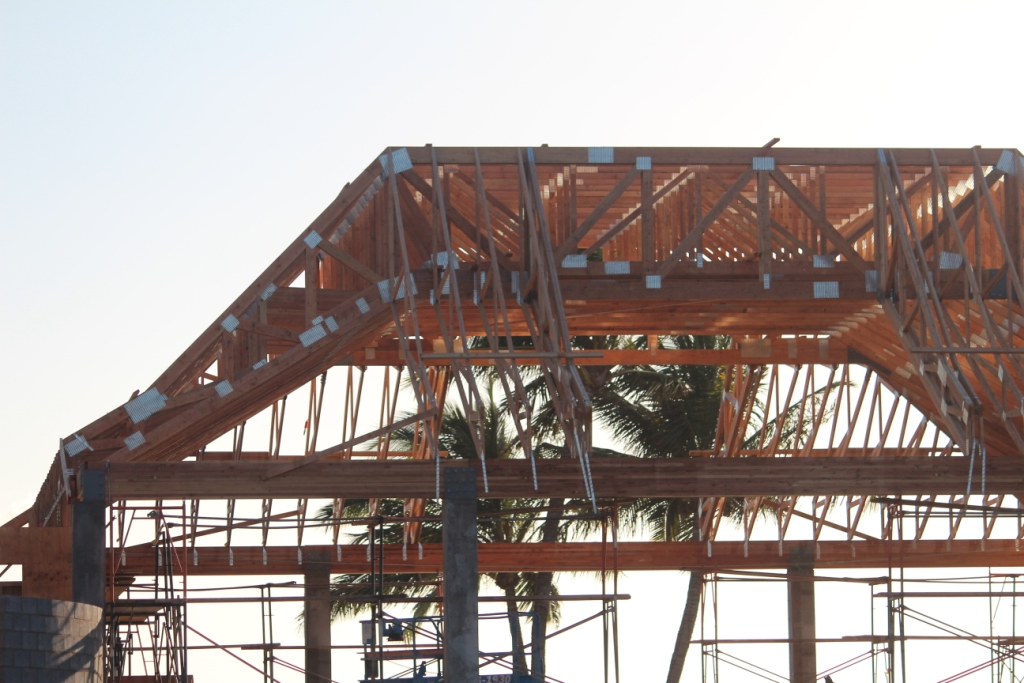How to Build a Home, Step 14: Revisit Overall Budget
0 Comments | Posted by armchairbuilder in Build Your Own Home, Owner-Builder
Today we continue our quest to take you through all the steps on how to build a home. At this point in the process, you have received and reviewed your bids from the contractors. So it’s time to take another look at your budget. Remember, up to this point you have only used rough estimates to determine your cost to build. Now that you have actual bids for the work, we can go back and compare your costs to your budget to make sure they work.
Overall Budget
Back in step one of our How to Build a Home blog series, we talked about the need to create an overall budget. Without knowing what you want to spend (or determining what you can afford to spend), you may end up with a project that’s way more than you bargained for. This can lead to financial stress that you don’t need. You want to create your dream…not a nightmare.
In step 5 we talked about the need to go back and analyze costs after picking a plan and lot. Based on the plan type and size, you determine a rough cost estimate to build the home. The construction cost estimate came from average square foot costs…not the best method for accurately determining costs, but the best option for you at this point. By adding these costs together along with the lot, you can get an idea of whether they meet your overall budget. By doing this analysis early on, it can save you a bunch of time and money. There’s really no point in creating a full set of plans and purchasing a lot only to find out the total cost is too much for your overall budget. So this fifth step was a quick look at the estimated rough costs to see if it was feasible to move forward.
Adding Up Your Costs
So now that you have your actual bids back, you can total them up and get a more accurate view of what your true building costs will be. Remember, these bids are based on the bid packages you sent out. So the prices are based on your actual plans and scopes of work and specifications (instead of average square foot costs). Each bidding company should have estimated the quantity of work to be done and determined a price for you based on the portion of the project that you want them to build. You reviewed these bids in the last step to determine accuracy and to choose which company will work for your project for each building activity.
So how do you total up all of your costs at this point? It’s helpful to have a spreadsheet showing all of the typical activities for building a home. If you don’t already have one of these, you can get a copy of the Armchair Builder New Home Budgets at our ESTORE. This budget gives you all of the typical cost items associated with building a new home. We have one for a ranch home and one for a two story. We also provide typical percentages for each cost item so you can compare to your project. Keep in mind, every project is different, so the actual dollar amounts and percentages will vary based on your type of project, location, and specifications.
So by adding the total cost of construction to the soft costs (i.e. loan costs, utilities, insurance…etc.), and your lot cost, you will have a very good idea of your overall project costs. You should compare this number to your original overall budget amount to see if they work.
Costs Don’t Match Budget
It probably goes without saying that if your overall costs come in lower than your overall budget you are good to proceed. It’s a good idea at to keep a little extra money in your budget at this point for future unexpected costs. Things like poor soil conditions and weather can add more cost to your project as things progress. So you should seriously consider keeping an extra ten percent of your budget to cover these items as they come up. Meaning, if you total up the cost spreadsheet and you are ten percent under the total dollar amount you want to spend, you are in a great spot.
But what if your costs didn’t come in under your overall budget? If your numbers are off by five to ten percent there are some small things you can do to get them down. Here are some suggestions for lowering costs…
- Adjust Finishes – Cabinets, flooring, trim, doors…etc., all can range significantly in price depending on the product, style and quality you choose. Sometimes it’s possible to significantly lower your costs just by making a few simple changes.
- Negotiation – At this point you haven’t done any negotiation with your trades and suppliers. Taking the time to do this right can lead to significant savings…easily 5 to 10%. We will discuss this in our next blog post in this series on how to build a home.
- Foundation – By making part of your basement a crawl space or part a slab, you can typically save money on construction costs. If you need to major cost reduction, a full slab may be the way to go…depending on your lot details.
- Square Footage Reduction – It’s relatively easy to cut square footage out of a plan without making major changes. If your cost per square foot is $100, by removing a few feet here and there you can sometimes shave thousands of dollars off your new dream home.
- Build in Phases – This one is one of our favorites here at Armchair Builder. Nobody likes to make sacrifices when it comes to their dream home. After all, you are building a home because you want what you want and nothing else will be acceptable. So how about keeping the home as you want it but maybe build it in phases. You could wait to finish the basement or maybe finish the attic space down the road. That pool and guest house could wait a few years until you have the extra dough to easily make it happen.


